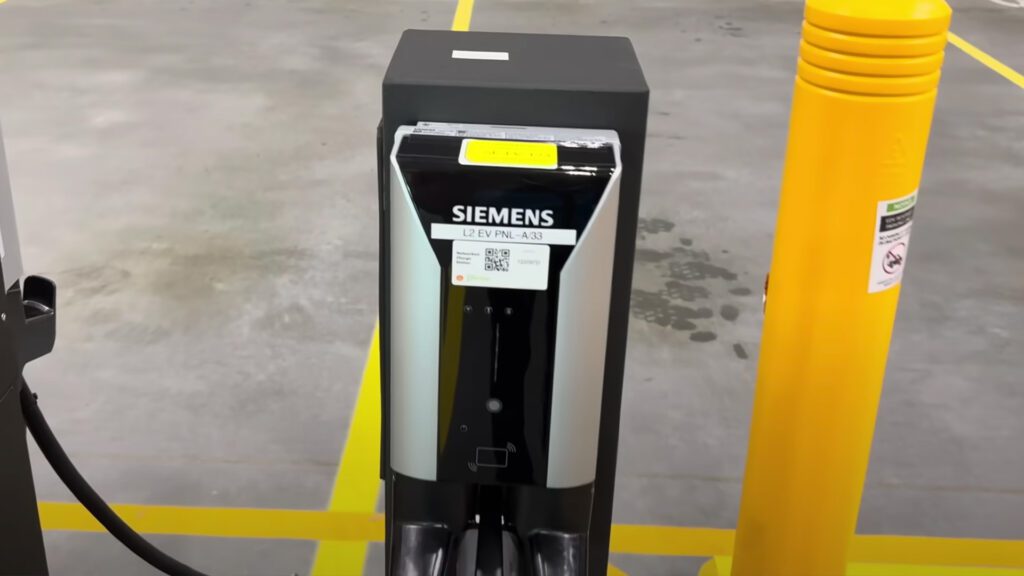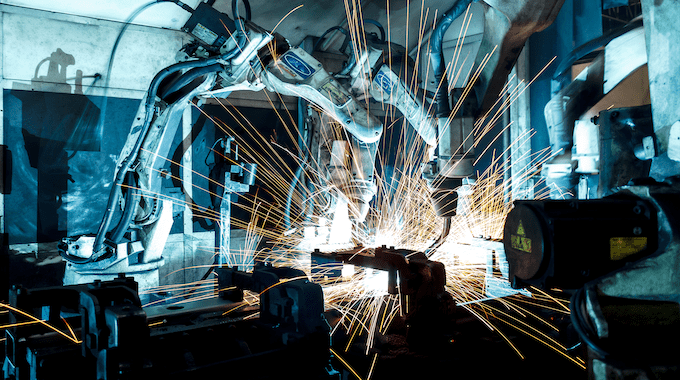- Solutions
ENTERPRISE SOLUTIONS
Infuse new product development with real-time intelligenceEnable the continuous optimization of direct materials sourcingOptimize quote responses to increase margins.DIGITAL CUSTOMER ENGAGEMENT
Drive your procurement strategy with predictive commodity forecasts.Gain visibility into design and sourcing activity on a global scale.Reach a worldwide network of electronics industry professionals.SOLUTIONS FOR
Smarter decisions start with a better BOMRethink your approach to strategic sourcingExecute powerful strategies faster than ever - Industries

Compare your last six months of component costs to market and contracted pricing.

- Platform
- Why Supplyframe
- Resources
Marques Brownlee is an American YouTuber and technology enthusiast who has been referred to as “the best technology reviewer on the planet right now” by former Google vice president Vic Gundotra. In a new video on his channel, which has over 17 million subscribers, the influential tech blogger takes viewers behind the scenes for an exclusive look at how Amazon is transitioning to an all-electric delivery fleet in partnership with Rivian.
The video offers an in-depth look at the features, functionality, and charging solutions that will enable the next generation of Amazon’s business. Join us as we explore this new design and how Siemens technology provides fast and reliable charging for one of the largest delivery fleets in the world.
A Deeper Look at The Rivian EDV 700 Amazon Delivery Van
In his video, Marques Brownlee begins with a look at the exterior of the EDV 700 from Rivian. This electric vehicle is essentially an office on wheels for Amazon delivery drivers, and a compelling example of how branding can shine throughout a design.
Across the exterior, lightweight materials and industrial-strength wheels combine with multiple instances of Amazon’s logo, and a decal that reads “powered by Rivian” on the side of the van. The vehicles in this new EV fleet come in two models: the 500 and 700, with the latter being longer and wider.
The vehicle’s charge port sits on the front left. Each charge affords between 150 and 160 miles of range. Drivers typically use between 20 to 40 percent of the battery per day, which keeps range anxiety for drivers who may need to drive additional miles on any given shift.
Inside the vehicle, Marques takes us through a number of intentional features designed to mke the vehicle an optimal vessel for Amazon’s delivery drivers. Multiple screens enable both information delivery in real-time and intuitive vehicle control.
For example, the screen behind the steering wheel displays navigation and offers spacial awareness by showing the location of other vehicles on the road respective to the van itself. The primary screen also provides a 360-degree view thanks to cameras mounted across the exterior.
With the back of the vehicle serving as storage for packages, a rear-view camera enables the driver to perceive what’s behind them as well in real-time. Other features like wireless charging and multiple USB ports, ensure that driver never have to worry about their phones or tablets running out of battery while they’re on the road.
Even the driver’s seat offers fast heating and cooling to accommodate drivers in all seasons of the year. It’s these and other details that showcase the attention to detail in Rivian’s design.
How Siemens Enables Fast and Reliable Charging For Amazon’s Delivery Fleet

As part of the video, Marques Brownlee also shows the warehouse where Amazon’s EVs are stored each night. It’s an expansive space, with numerous charging stations to accommodate each vehicle in the total fleet.
Drivers park their vehicles and connect them to Siemens level 2 VersiCharge™ AC chargers each night, which provide charing up to 11.5 kW and ensure that the driver’s are able to begin each day with the maximum range for their vehicles.
The VersiCharge™ AC series is ideal for light to medium-duty vehicles and offer flexible communication connections, as well as open payment options for public use cases. OCPP integration and NEMA 4 outdoor/indoor rating also ensures that the design is versatile for a wide range of settings.
With the ability to charge all standard EV models through cost-efficient means, this capable solution is an ideal choice for Amazon’s fleet of Rivian EV delivery vehicles.
What Does the Future Hold For Electric Vehicles?
The automotive industry as a whole is deep into its transition away from traditional combustion vehicles. As electric vehicle designs continue to proliferate, company’s like Amazon are partnering with manufacturers to revamp their logistics and shipping with electric vehicles.
However, the transition is not without its challenges. Rivian themselves struggled for some time to meet Amazon’s expectations, and they are certainly not alone. There has been a sharp increase in EV and charging infrastructure demand over the last several years.
According to new data and analysis from Supplyframe Commodity IQ, raw material cost volatility surrounding EV battery and capacitor production has also been a major concern. Furthermore, outdated strategies like “just-in-time” or “just-in-case” approaches to sourcing are no longer working in an environment where automotive is competing with all other electronics verticals for the same pool of semiconductor availability.
The fact of the matter is that electric vehicles contain between 2.5 and 3 times the number of semiconductors that traditional combustion vehicles use. Even at a conservative level, an EV design could utilize over 10,000 ceramic capacitors, whereas a gasoline-powered vehicle only needs 3,000.
Given this level of demand, it’s no surprise that the chief electronic component issues for automotive cneter around long lead times and shortages, with no immediate relief in sight.
Some of the major players in the semiconductor manufacturing space like NXP, Infineon, and STMicroelectronics are effectively “sold out” of their capacity into 2024 already. So, what can EV manufacturers like Rivian do to combat these challenges?
At a high-level, these strategies can prove effective:
- Improve short-term demand planning by investing in data-driven processes and 360-degree intelligence. Enable demand visibility into suppliers that extends between 12 and 24 months for capacity. Use this to create medium-term inventory actions.
- Enhance the bond between electronic components and vehicle technology roadmaps. Leverage real-time intelligence to identify component replacements earlier in the design process and reduce the mix across vehicles to limit demand fluctuations.
- Finally, enhance your long-term demand planning by partnering with foundries for co-design and capacity assurance. Focus on co-investment for undersupplied 40-to-90-nanometer process nodes.
To learn more about how Supplyframe helps automakers streamline their transition to EVs and innovate around emerging challenges, visit our Transportation and Automotive page at Supplyframe.com.



